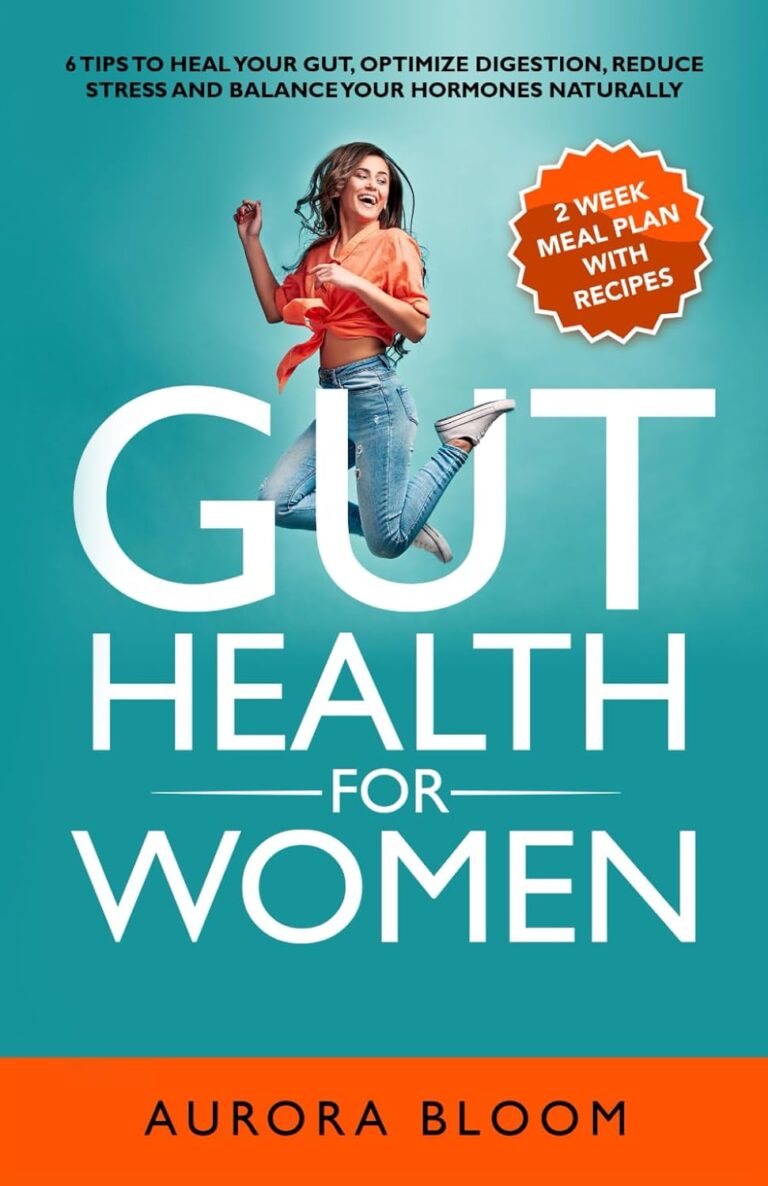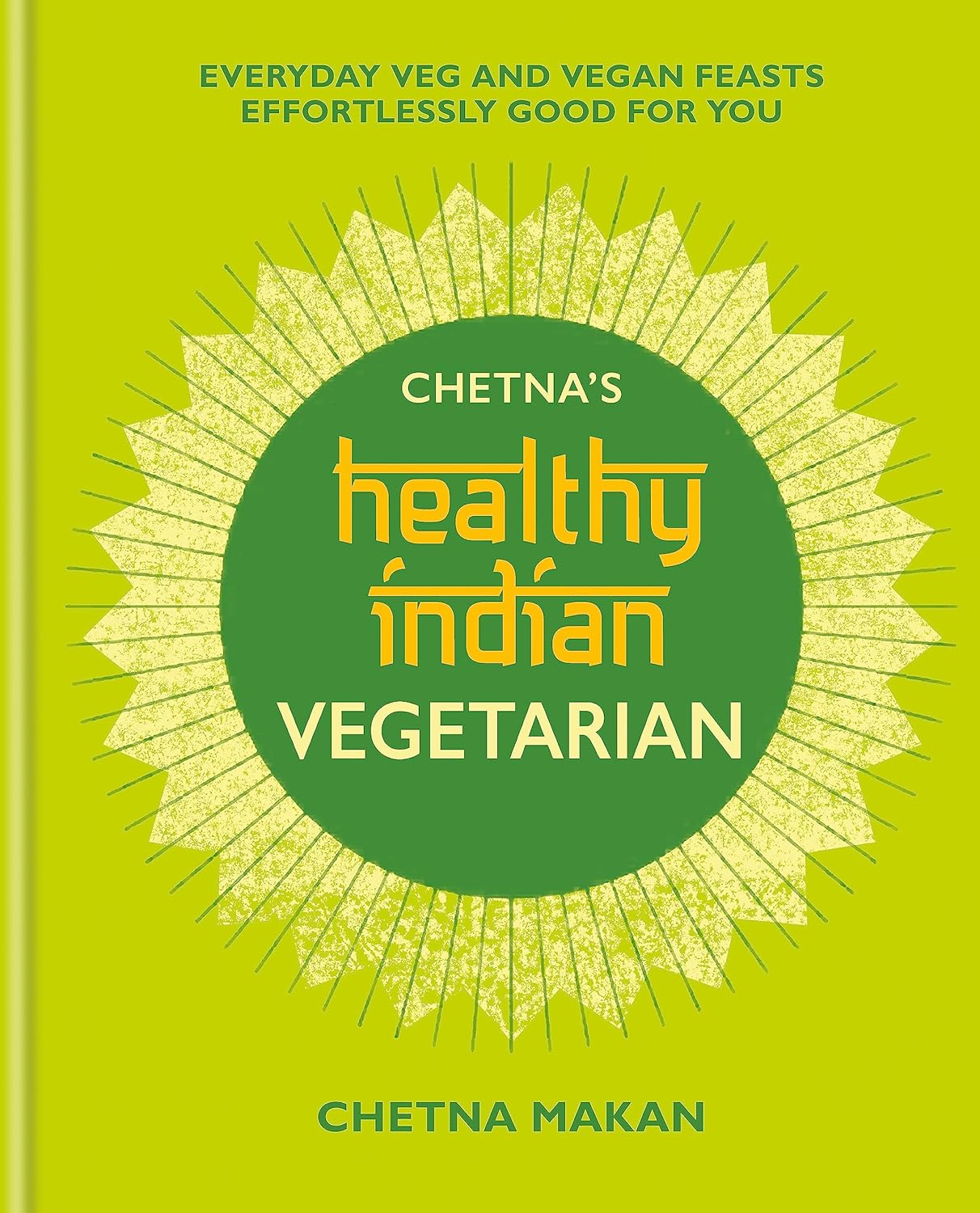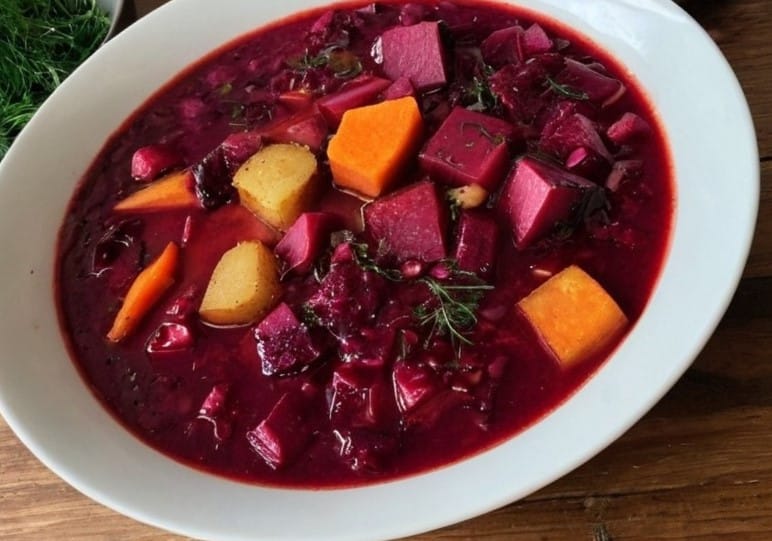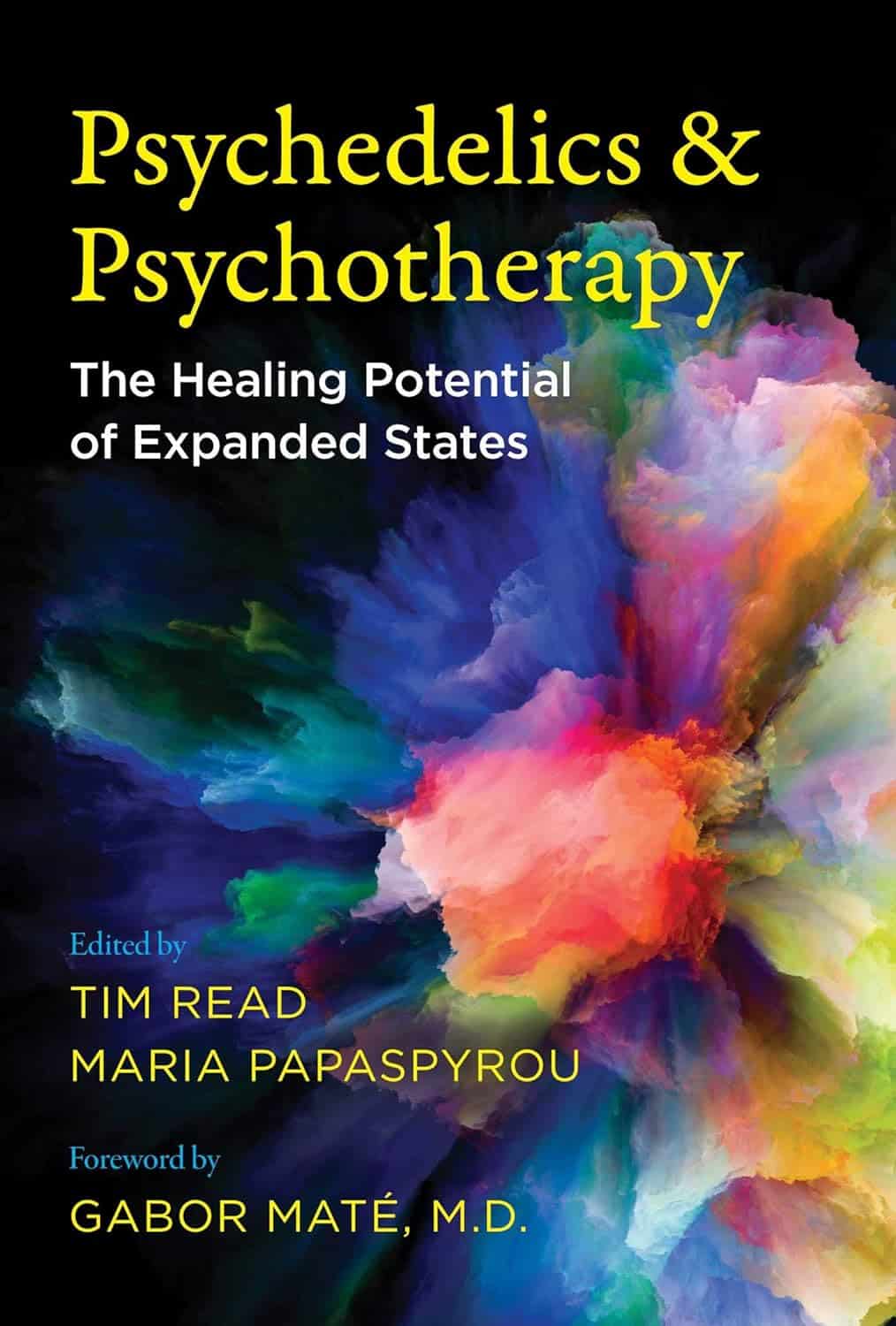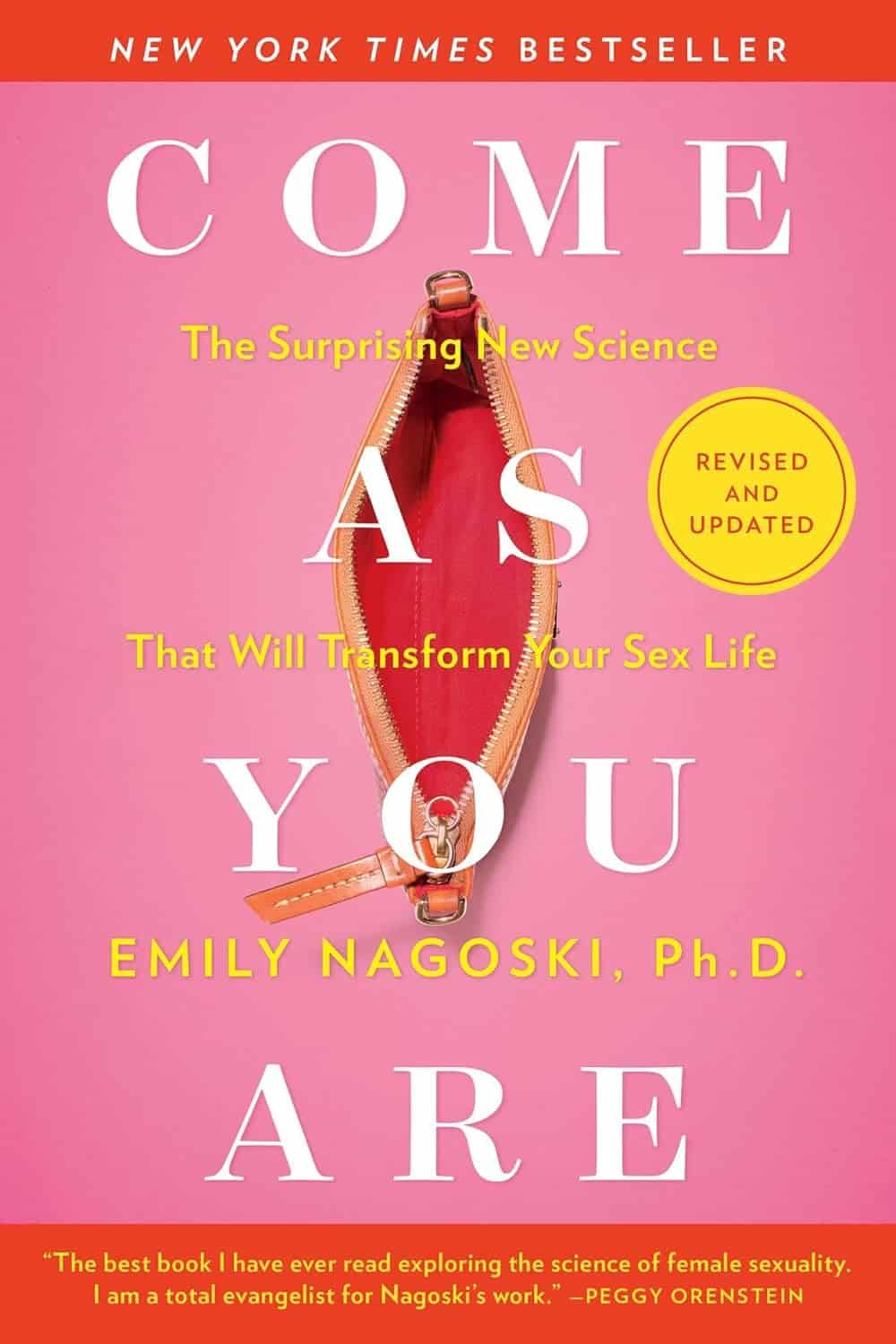
Come As You Are – by Dr. Emily Nagoski
10almonds is reader-supported. We may, at no cost to you, receive a portion of sales if you purchase a product through a link in this article.
We’ve all heard the jokes, things like: Q: “Why is the clitoris like Antarctica?” A: “Most men know it’s there; most don’t give a damn”
But… How much do people, in general, really know about the anatomy and physiology of sexual function? Usually very little, but often without knowing how little we know.
This book looks to change that. Geared to a female audience, but almost everyone will gain useful knowledge from this.
The writing style is very easy-to-read, and there are “tl;dr” summaries for those who prefer to skim for relevant information in this rather sizeable (400 pages) tome.
Yes, that’s “what most people don’t know”. Four. Hundred. Pages.
We recommend reading it. You can thank us later!
Don’t Forget…
Did you arrive here from our newsletter? Don’t forget to return to the email to continue learning!
Recommended
Learn to Age Gracefully
Join the 98k+ American women taking control of their health & aging with our 100% free (and fun!) daily emails:
-
Chetna’s Healthy Indian – by Chetna Makan
10almonds is reader-supported. We may, at no cost to you, receive a portion of sales if you purchase a product through a link in this article.
Indian food is wonderful—a subjective opinion perhaps, but a popular view, and one this reviewer certainly shares. And of course, cooking with plenty of vegetables and spices is a great way to get a lot of health benefits.
There are usually downsides though, such as that in a lot of Indian cookbooks, every second thing is deep-fried, and what’s not deep-fried contains an entire day or more’s saturated fat content in ghee, and a lot of sides have more than their fair share of sugar.
This book fixes all that, by offering 80 recipes that prioritize health without sacrificing flavor.
The recipes are, as the title suggests, vegetarian, though many are not vegan (yogurt and cheese featuring in many recipes). That said, even if you are vegan, it’s pretty easy to veganize those with the obvious plant-based substitutions. If you have soy yogurt and can whip up vegan paneer yourself (here’s our own recipe for that), you’re pretty much sorted.
The cookbook strikes a good balance of being neither complicated nor “did we really need a recipe for this?” basic, and delivers value in all of its recipes. The ingredients, often a worry for many Westerners, should be easily found if you have a well-stocked supermarket near you; there’s nothing obscure here.
Bottom line: if you’d like to cook more Indian food and want your food to be exciting without also making your blood pressure exciting, then this is an excellent book for keeping you well-nourished, body and soul.
Click here to check out Chetna’s Healthy Indian, and spice up your culinary repertoire!
Share This Post
-
What Harm Can One Sleepless Night Do?
10almonds is reader-supported. We may, at no cost to you, receive a portion of sales if you purchase a product through a link in this article.
We’ll not bury the lede: a study found that just one night of 24-hour sleep deprivation can alter immune cell profiles in young, lean, healthy people to resemble those of people with obesity and chronic inflammation.
Chronic inflammation, in turn, causes very many other chronic diseases, and worsens most of the ones it doesn’t outright cause.
The reason this happens is because in principle, inflammation is supposed to be good for us—it’s our body’s defenses coming to the rescue. However, if we imagine our immune cells as firefighters, then compare:
- A team of firefighters who are in great shape and ready to deploy at a moment’s notice, are mostly allowed to rest, sometimes get training, and get called out to a fire from time time, just enough to keep them on their toes. Today, something in your house caught fire, and they showed up in 5 minutes and put it out safely.
- A team of firefighters who have been pulling 24-hour shifts every day for the past 20 years, getting called out constantly for lost cats, burned toast, wrong numbers, the neighbor’s music, a broken fridge, and even the occasional fire. Today, your printer got jammed so they broke down your door and also your windows just for good measure, and blasted your general desk area with a fire hose, which did not resolve the problem but now your computer itself is broken.
Which team would you rather have?
The former team is a healthy immune system; the latter is the immune system of someone with chronic inflammation.
But if it’s one night, it’s not chronic, right?
Contingently true. However, the problem is that because the immune profile was made to be like the bad team we described (imagine that chaos in your house, now remember that for this metaphor, it’s your body that that’s happening to), the immediate strong negative health impact will already have knock-on effects, which in turn make it more likely that you’ll struggle to get your sleep back on track quickly.
For example, the next night you may oversleep “to compensate”, but then the following day your sleep schedule is now slid back considerably; one thing leads to another, and a month later you’re thinking “I really must sort my sleep out”.
See also: How Regularity Of Sleep Can Be Even More Important Than Duration ← A recent, large (n=72,269) 8-year prospective* observational study of adults aged 40-79 found a strong association between irregular sleep and major cardiovascular events, to such an extent that it was worse than undersleeping.
*this means they started the study at a given point, and measured what happened for the next eight years—as opposed to a retrospective study, which would look at what had happened during the previous 8 years.
What about sleep fragmentation?
In other words: getting sleep, but heavily disrupted sleep.
The answer is: basically the same deal as with missed sleep.
Specifically, elevated proinflammatory cytokines (in this context, that’s bad) and an increase in nonclassical monocytes—as are typically seen in people with obesity and chronic inflammation.
Remember: these were young, lean, healthy participants going into the study, who signed up for a controlled sleep deprivation experiment.
This is important, because the unhealthy inflammatory profile means that people with such are a lot more likely to develop diabetes, heart disease, Alzheimer’s, and many more things besides. And, famously, most people in the industrialized world are not sleeping that well.
Even amongst 10almonds readers, a health-conscious demographic by nature, 62% of 10almonds readers do not regularly get the prescribed 7–9 hours sleep (i.e. they get under 7 hours).
You can see the data on this one, here: Why You Probably Need More Sleep ← yes, including if you are in the older age range; we bust that myth in the article too!*
*Unless you have a (rare!) mutated ADRB1 gene, which reduces that. But we also cover that in the article, and how to know whether you have it.
With regard to “most people in the industrialized world are not sleeping that well”, this means that most people in the industrialized world are subject to an unseen epidemic of sleep-deprivation-induced inflammation that is creating vulnerability to many other diseases. In short, the lifestyle of the industrialized world (especially: having to work certain hours) is making most of the working population sick.
Dr. Fatema Al-Rashed, lead researcher, concluded:
❝In the long term, we aim for this research to drive policies and strategies that recognize the critical role of sleep in public health.
We envision workplace reforms and educational campaigns promoting better sleep practices, particularly for populations at risk of sleep disruption due to technological and occupational demands.
Ultimately, this could help mitigate the burden of inflammatory diseases like obesity, diabetes, and cardiovascular diseases.❞
You can read the paper in full here: Impact of sleep deprivation on monocyte subclasses and function
What can we do about it?
With regard to sleep, we’ve written so much about this, but here are three key articles that contain a lot of valuable information:
- Get Better Sleep: Beyond The Basics
- Calculate (And Enjoy) The Perfect Night’s Sleep
- Safe Effective Sleep Aids For Seniors
…and with regard to inflammation, a good concise overview of how to dial it down is:
How To Prevent Or Reduce Inflammation
Take care!
Share This Post
-
Soap vs Sanitizer – Which is Healthier?
10almonds is reader-supported. We may, at no cost to you, receive a portion of sales if you purchase a product through a link in this article.
Our Verdict
When comparing soap to sanitizer, we picked the soap.
Why?
Both are good at killing bacteria / inactivating viruses, but there are several things that set them apart:
- Soap doesn’t just kill them; it slides them off and away down the drain. That means that any it failed to kill are also off and down the drain, not still on your hands. This is assuming good handwashing technique, of course!
- Sanitizer gel kills them, but can take up to 4 minutes of contact to do so. Given that people find 20 seconds of handwashing laborious, 240 seconds of sanitizer gel use seems too much to hope for.
Both can be dehydrating for the hands; both can have ingredients added to try to mitigate that.
We recommend a good (separate) moisturizer in either case, but the point is, the dehydration factor doesn’t swing it far either way.
So, we’ll go with the one that gets rid of the germs the most quickly: the soap
10almonds tip: splash out on the extra-nice hand-soaps for your home—this will make you and others more likely to wash your hands more often! Sometimes, making something a more pleasant experience makes all the difference.
Want to know more?
Check out:
Take care!
Share This Post
Related Posts
-
The Smartest Way To Get To 20% Body Fat (Or 10% For Men)
10almonds is reader-supported. We may, at no cost to you, receive a portion of sales if you purchase a product through a link in this article.
20% body fat for women, or 10% for men, are suggested in this video as ideal levels of adiposity for most people. While we certainly do have wiggle-room in either direction, going much higher than that can create a metabolic strain, and going much lower than that can cause immune dysfunction, organ damage, brittle bones, and more.
This video assumes you want to get down to those figures. If you want to go up to those figures because you are currently underweight, check out: How To Gain Weight (Healthily!)
Look at the small picture
The main trick, we are told, is to focus on small, incremental changes rather than obsessing over long-term weight loss goals (e.g. 20% body fat for women, 10% for men).
Next, throw out what science shows doesn’t work, such as restrictive or extreme dieting:
- Restrictive dieting doesn’t work as the body will try to save you from starvation by storing extra fat and slowing your metabolism to make your fat reserves last longer
- Extreme dieting doesn’t work because no matter how compelling it is to believe “I’ll just lose it in this extreme way, then maintain my new lower weight”, the vast body of research shows that weight loss in this way will be regained quickly afterwards, and for a significant minority, may even end up putting more back on than was originally lost. In either case, you’ll have put your mind and body through the wringer for no long-term gain.
The recommendation comes in three parts:
- Shift your mindset: detach motivation from timelines and vanity goals; focus instead on lifelong health and sustainable habits.
- Use an analytical approach: apply engineering principles: collect honest data and identify bottlenecks. Track food intake consistently, even during slip-ups, to identify areas for improvement. You remember the whole “it doesn’t count if it’s from someone else’s plate” thing? These days with food trackers, a lot of people fall into “it doesn’t count if I don’t record it”, but a head-in-the-sand approach will not get you where you want to be.
- Tackle bottlenecks incrementally: focus on one small, impactful change at a time (e.g. reducing soda intake). This way, you can build habits gradually to prevent willpower burnout and sustain your progress.
As an example of how this looked for Viva (in the video):
- > 30% body fat stage: she focused on reducing processed foods and portion sizes.
- 29–25% body fat stage: she prioritized nutrient-dense foods and reduced dining out.
- 24–20% body fat stage: she added strength training, improved sleep, and addressed her cravings and energy levels.
In short: look at the small picture; adjust your habits mindfully, keep a track of things, see what needs improvement and improve it, and don’t try to speedrun weight loss; just focus on what you are tangibly doing to keep things heading in the right direction, and you’ll get there 1% at a time.
For more on all of this, enjoy:
Click Here If The Embedded Video Doesn’t Load Automatically!
Want to learn more?
You might also like to read:
Lose Weight, But Healthily ← our own guide, which is also consistent with the advice above, and talks about some specific things to pay attention to that weren’t mentioned in the video
Take care!
Don’t Forget…
Did you arrive here from our newsletter? Don’t forget to return to the email to continue learning!
Learn to Age Gracefully
Join the 98k+ American women taking control of their health & aging with our 100% free (and fun!) daily emails:
-
Hearty Healthy Ukrainian Borscht
10almonds is reader-supported. We may, at no cost to you, receive a portion of sales if you purchase a product through a link in this article.
In the West, borscht is often thought of as Russian, but it is Ukrainian in origin and popular throughout much of Eastern Europe, with many local variations. Today’s borscht is a vegetarian (and vegan, depending on your choice of cooking fat) borscht from Kyiv, and it’s especially good for the gut, heart, and blood sugars.
You will need
- 1 quart vegetable stock; ideally you made this yourself from vegetable offcuts you kept in the freezer, but failing that, your supermarket should have low-sodium stock cubes
- 4 large beets, peeled and cut into matchsticks
- 1 can white beans (cannellini beans are ideal), drained and rinsed
- 1 cup sauerkraut
- 1 large onion, finely chopped
- 1 green bell pepper, roughly chopped
- 1 large russet potato, peeled and cut into large chunks
- 3 small carrots, tops removed and cut into large chunks
- 1 tbsp tomato paste
- ½ bulb garlic, finely chopped
- 2 tsp black pepper, coarse ground
- 1 bunch fresh dill, chopped. If you cannot get fresh, substitute with parsley (1 bunch fresh, chopped, or 1 tbsp dried). Do not use dried dill; it won’t work.
- A little fat for cooking; this one’s a tricky and personal decision. Butter is traditional, but would make this recipe impossible to cook without going over the recommended limit for saturated fat. Avocado oil is healthy, relatively neutral in taste, and has a high smoke point, though that latter shouldn’t be necessary here if you are attentive with the stirring. Extra virgin olive oil is also a healthy choice, but not as neutral in flavor and does have a lower smoke point. Coconut oil has arguably too strong a taste and a low smoke point. Seed oils are very heart-unhealthy. All in all, avocado oil is a respectable choice from all angles except tradition.
- On standby: a little vinegar (your preference what kind)
Salt is conspicuous by its absence, but there should be enough already from the other ingredients, especially the sauerkraut.
Method
(we suggest you read everything at least once before doing anything)
1) Heat some oil in a large sauté pan (cast iron is perfect if you have it), add the onion and pepper, and stir until the onion is becoming soft.
2) Add the carrots and beets and stir until they are becoming soft. If you need to add a little more oil, that’s fine.
3) Add the tomato paste, and stir in well.
4) Add a little (about ½ cup) of the vegetable stock and stir in well until you get a consistent texture with the tomato paste.
5) Add the sauerkraut and the rest of the broth, and cook for about 20 minutes.
6) Add the potatoes and cook for another 10 minutes.
7) Add the beans and cook for another 5 minutes.
8) Add the garlic, black pepper, and herbs. Check that everything is cooked (poke a chunk of potato with a fork) and that the seasoning is to your liking. The taste should be moderately sour from the sauerkraut; if it is sweet, you can stir in a little vinegar now to correct that.
9) Serve! Ukrainian borscht is most often served hot (unlike Lithuanian borscht, which is almost always served cold), but if the weather’s warm, it can certainly be enjoyed cold too:
Enjoy!
Want to learn more?
For those interested in some of the science of what we have going on today:
- Making Friends With Your Gut (You Can Thank Us Later)
- Eat More (Of This) For Lower Blood Pressure
- No, Beetroot Isn’t Vegetable Viagra. But Here’s What It Can Do
- The Many Health Benefits Of Garlic
- Black Pepper’s Impressive Anti-Cancer Arsenal
Take care!
Don’t Forget…
Did you arrive here from our newsletter? Don’t forget to return to the email to continue learning!
Learn to Age Gracefully
Join the 98k+ American women taking control of their health & aging with our 100% free (and fun!) daily emails:
-
Psychedelics and Psychotherapy – Edited by Dr. Tim Read & Maria Papaspyrou
10almonds is reader-supported. We may, at no cost to you, receive a portion of sales if you purchase a product through a link in this article.
A quick note on authorship, first: this book is edited by the psychiatrist and psychotherapist credited above, but after the introductory section, the rest of the chapters are written by experts on the individual topics.As such, the style will vary somewhat, from chapter to chapter.
What this book isn’t: “try drugs and feel better!”
Rather, the book explores the various ways in which assorted drugs can help people to—even if just briefly—shed things they didn’t know they were carrying, or otherwise couldn’t put down, and access parts of themselves they otherwise couldn’t.
We also get to read a lot about the different roles the facilitator can play in guiding the therapeutic process, and what can be expected out of each kind of experience. This varies a lot from one drug to another, so it makes for very worthwhile reading, if that’s something you might consider pursuing. Knowledge makes for much more informed choices!
Bottom line: if you’re curious about the therapeutic potential of psychedelics, and want a reference that’s more personal than dry clinical studies, but still more “safe and removed” than diving in by yourself, this is the book for you.
Click here to check out Psychedelics and Psychotherapy, and expand your understanding!
Don’t Forget…
Did you arrive here from our newsletter? Don’t forget to return to the email to continue learning!
Learn to Age Gracefully
Join the 98k+ American women taking control of their health & aging with our 100% free (and fun!) daily emails:

